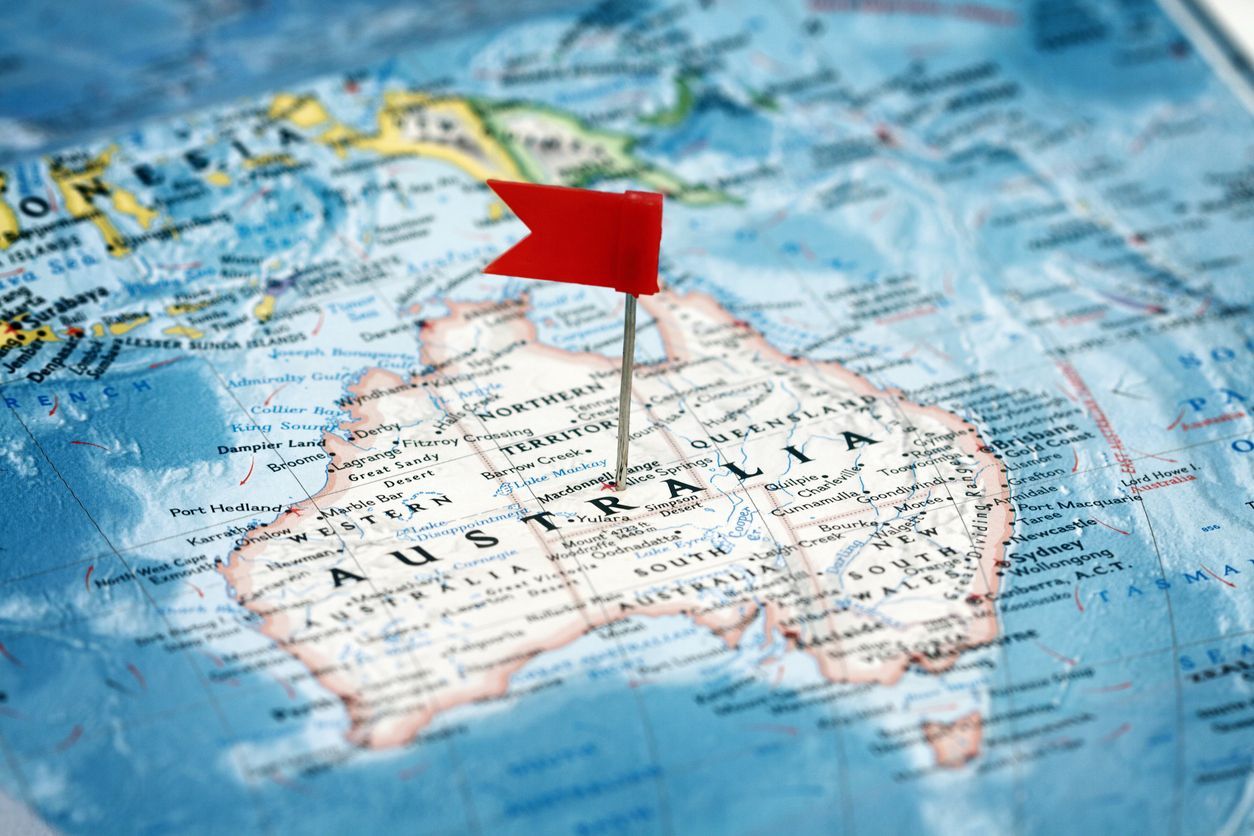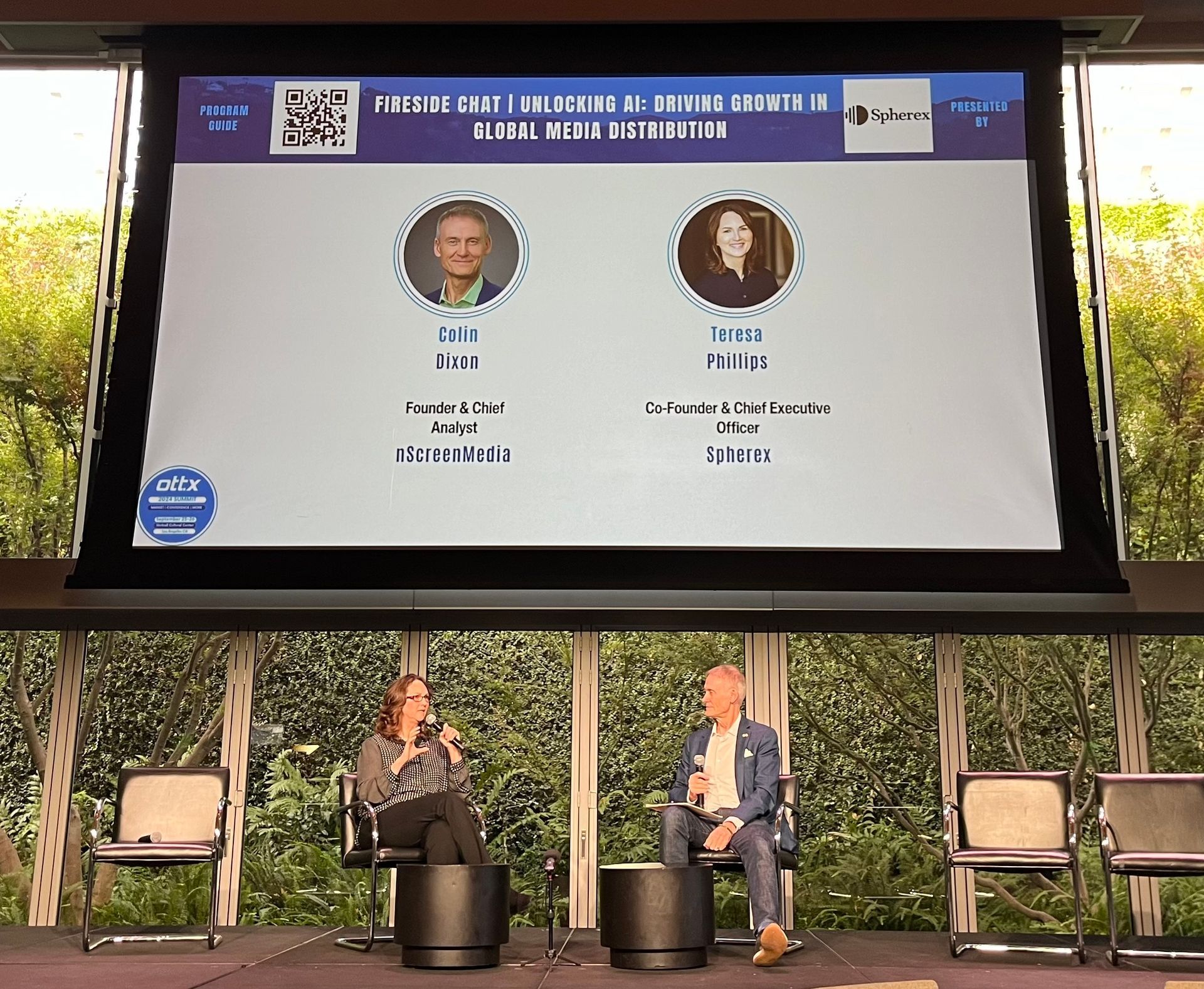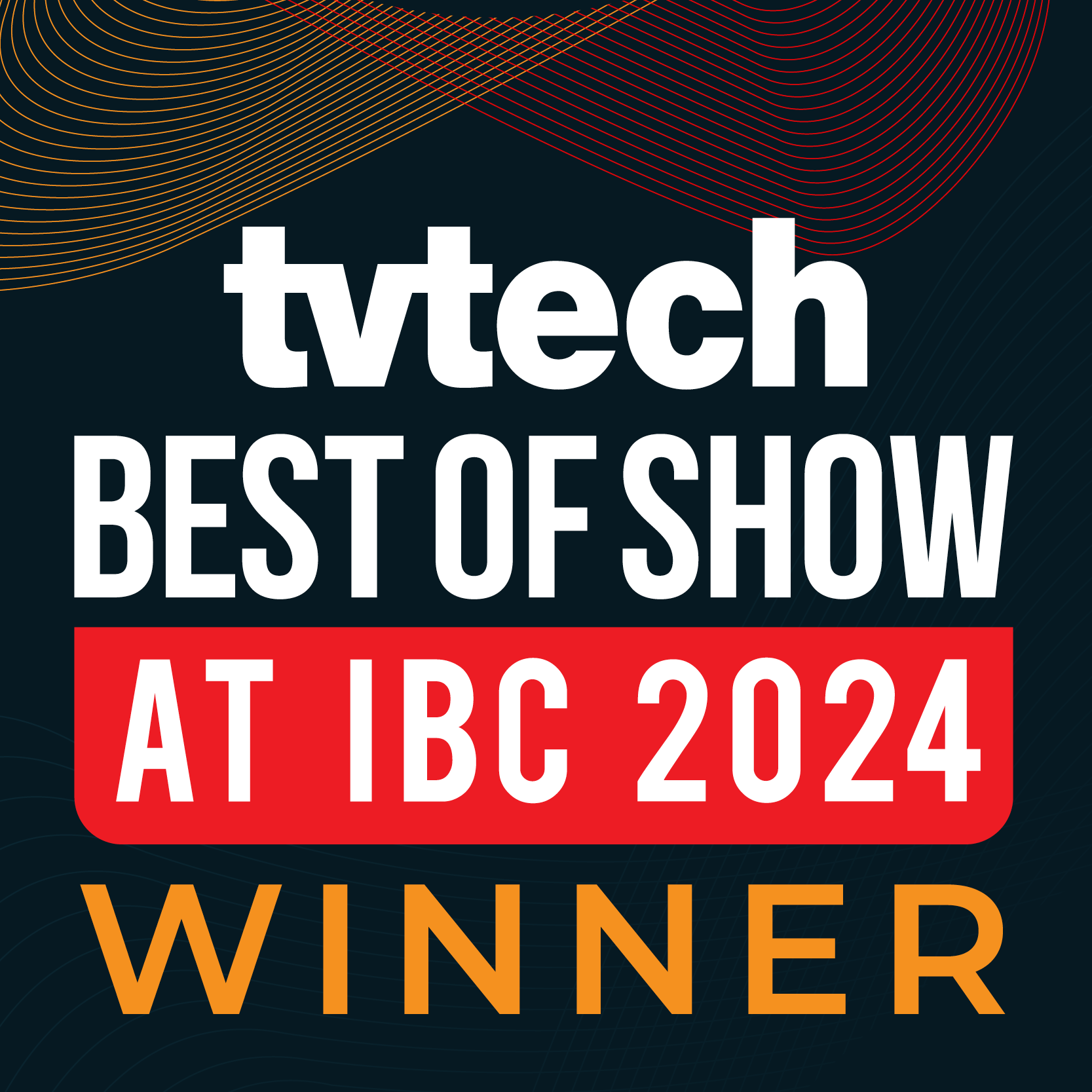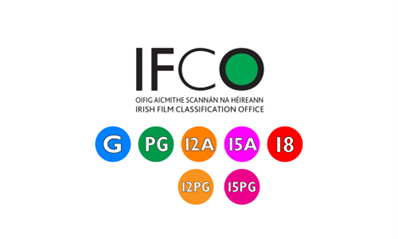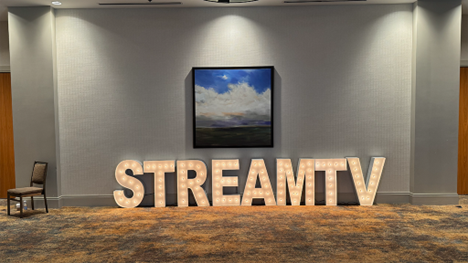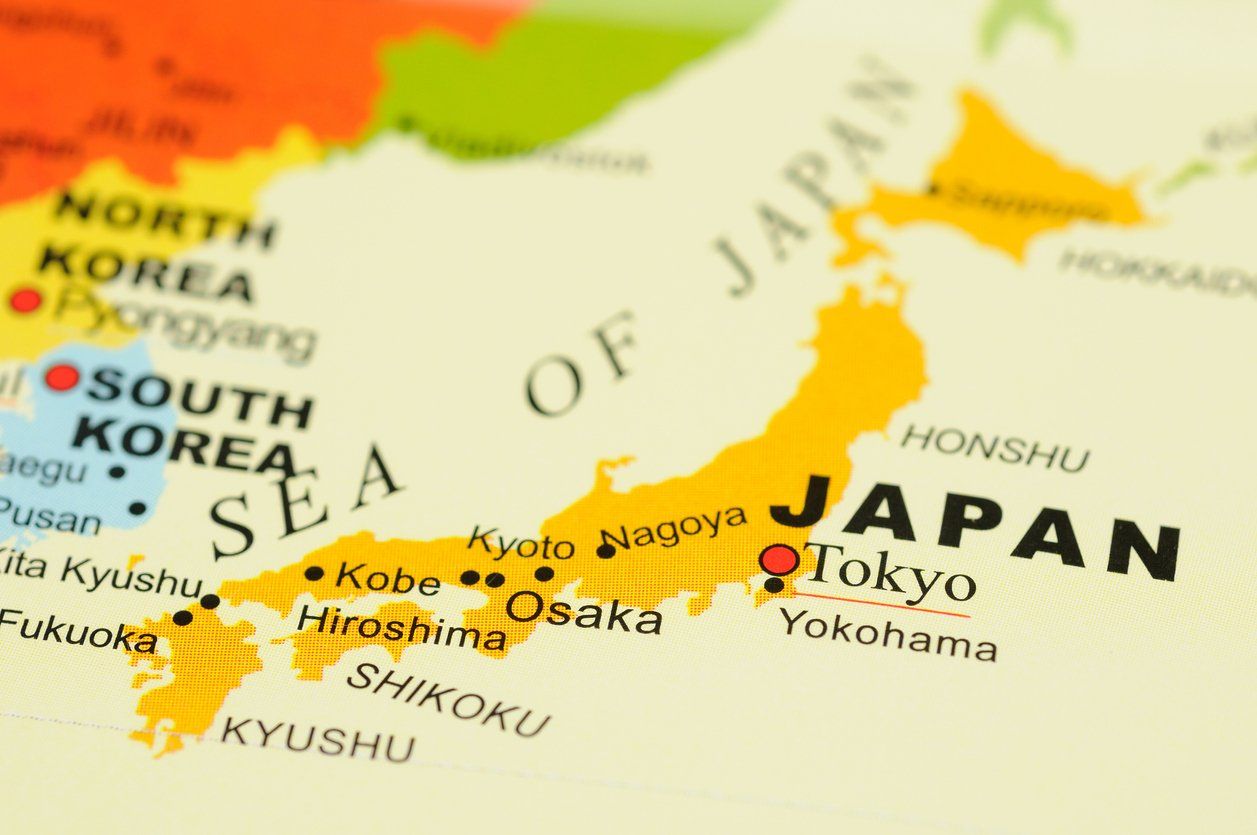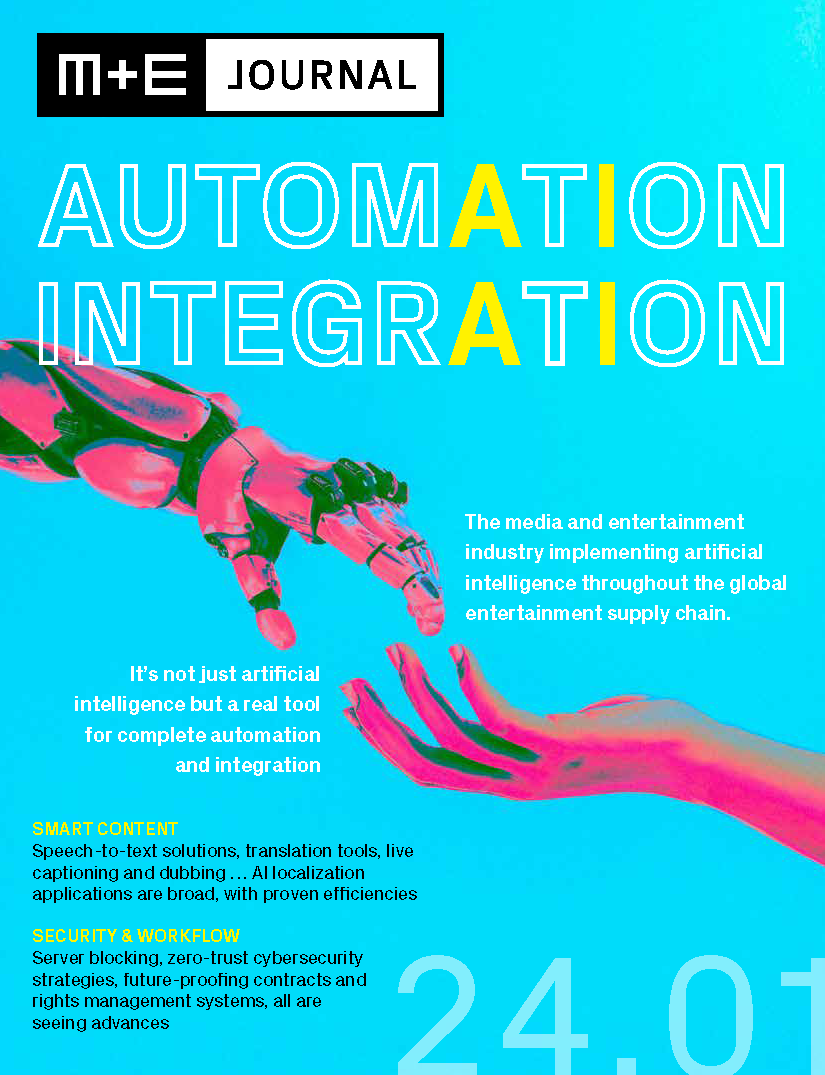Japanese Influence on Hollywood
Japan, famously known as the “Land of Rising Sun” is located at edge of the Asian continent. From China’s perspective, it creates the illusion that the sun rises from Japan. Its citizens call their country “Nippon” or “Nihon,” which literally translated means “source of the sun.” Contemporary culture is a combination of influences from Asia, Europe and North America. Although for most of the population, Japanese is their first language, it’s mandatory to study Japanese as well as English in school. The country is famous for its code of etiquette, rich culture, cuisine, cherry blossoms and its anime and movies.
Although Hollywood inspires some of the major film industries in Africa and Asia , Hollywood filmmakers have long been inspired by Japanese content. Japan has one of the world’s oldest and largest film industries; producing well-respected films since 1897. The best example is “Godzilla,” released in 1954. Two years later, in 1956, the heavily re-edited American adaptation (referred to as an “Americanization”) “Godzilla, King of the Monsters!” was released in the United States.
Did you know “Star Wars,” “Avatar,” “The Matrix,” “The Lion King,” “The Magnificent Seven,” “The Ring” and rock band Kiss all have one thing in common? The characters and plots are inspired by Japanese cinema and art.
“Star Wars” was influenced by “The Hidden Fortress” and “Seven Samurai” directed by Akira Kurosawa. George Lucas not only borrowed the storyline but also heroic scenes by Jedi’s wearing long Japanese Buddhist monk-influenced robes and cloaks. The term “Jedi” is derived from the Japanese jidaigeki, meaning period drama. Whereas Darth Vader’s costume and helmet were inspired by Japanese warlords’ uniform and headwear.
“The Magnificent Seven , ” released in 1960 is an adaptation of Kurosawa’s 1954 epic film “Seven Samurai.” It tells the story of a village of farmers who hire seven Ronin to fight bandits planning to steal their crops. James Cameron’s “Avatar” was inspired from Japanese director and manga artist Hayao Miyazaki’s “Princess Mononok.”
Like movies, animes also greatly influence western culture. Anime’s influence in Japan introduced a new subculture, otaku , which includes role-playing, gaming and cosplaying. Anime is a combination of graphic art, characterization, cinematography and other creative techniques. Contrary to popular belief, anime is not only for children; often the themes are adult. Many Hollywood movies are adaptations of anime.
“Inception” is thought to be inspired from the Japanese anime “ Paprika ” directed by Satoshi Kon. The plot differs but the idea is similar, where with the help of a dream machine, the therapist can enter others’ minds and can change them. It also deals with concept of reality versus virtual reality. “The Matrix” is inspired by “Ghost in the Shell,” a tale of a hacker in a world of futuristic cyborg agents. The action scenes, style and setting are similar though plot differences exist.
Filmmakers worldwide are inspired by Japanese movies and animes because the characters are strong and powerful which audiences admire. Besides characterizations, storylines are intriguing. Anime appeals to both young and old. They can be about drugs, grief and loss, abuse, mental health issues, revenge and wars. With such a wealth of content, Japan has become a pop culture superpower . It has a lot of rich ideas to offer and the Hollywood adaptations make it more accessible to audiences all over the world.
Share this post
Related Posts
